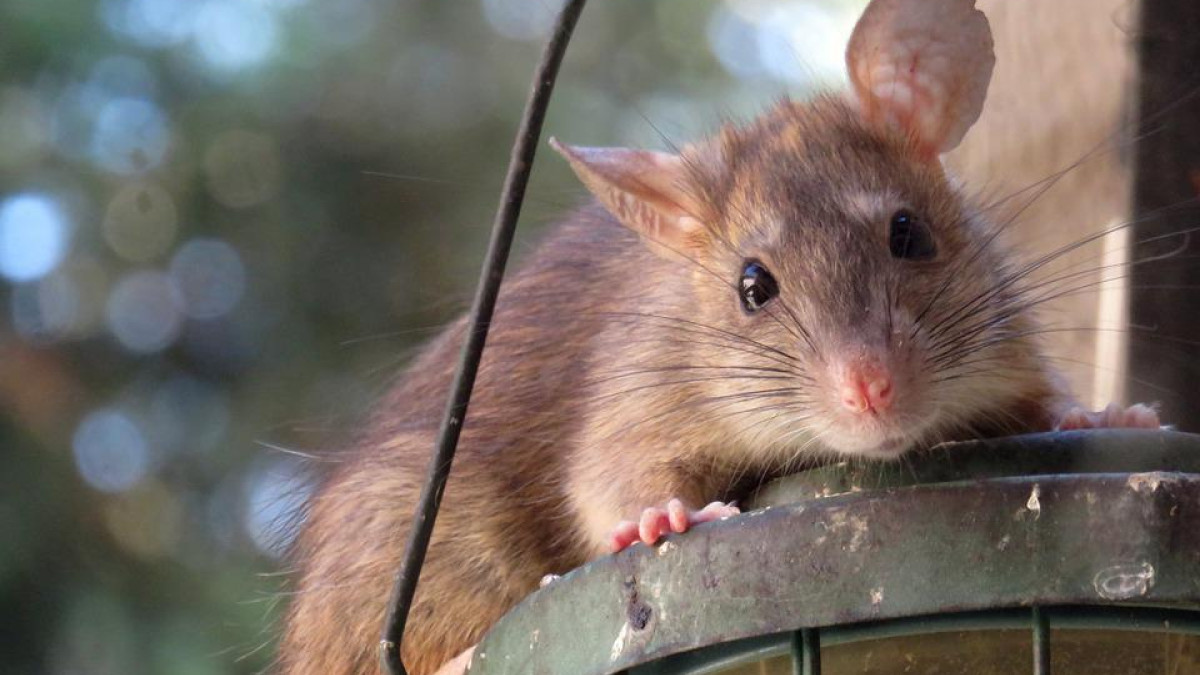
- Environmental protection
- Health surveillance
- Animals
- Decision
- Online transaction
- Contact us

The warm autumn has brought rats close to human settlements. Now is a good time to make sure that your yard does not attract rats.
Rats can do a lot of damage at worst, as they can bite their way through almost any material.
—A rat can target, for example, electrical wires, water and sewer pipes, waste containers and composters or house structures, environmental engineer Carita Kattainen says.
Rats leave behind many kinds of marks.
Holes and corridors may appear in the yard, compost or house structures.
—Unlike a burrow dug by a mole, a rat burrow does not have a layer of soil on top. Rat holes are also larger in size, says Kattainen.
Rat excrement is a sure sign of the presence of rats.
At least the following things should be taken into account:
Individuals cannot buy rat poison themselves. That's why you have to turn to a pest control company to get rid of rats. Contact should be made immediately after the first sighting of a rat. There are also non-toxic means of control.
It is hoped that the findings will also be reported to the environmental department of the Imatra region.
—This way we would have up-to-date information about the situation and be able to give instructions and advice, says Kattainen.
Environmental engineer Carita Kattainen, carita.comprehensive imatra.fi (carita[dot]kattainen[at]imatra[dot]fi), tel. 020 617 1179
imatra.fi (carita[dot]kattainen[at]imatra[dot]fi), tel. 020 617 1179
environmental action imatra.fi (umparistotoimi[at]imatra[dot]fi)
imatra.fi (umparistotoimi[at]imatra[dot]fi)
Write a comment